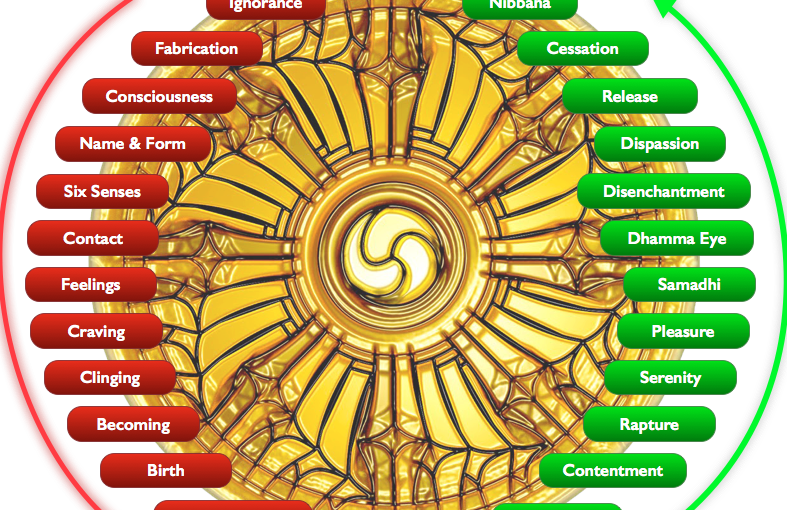“I, good Gotama, speak thus; I am of this view: ‘All is not pleasing to me’.”
“This view of yours, Aggivessana: ‘All is not pleasing to me’ — does this view of yours not please you?”
“If this view were pleasing to me, good Gotama, this would be like it too, this would be like it too.”
“Now, Aggivessana, when those, the majority in the world, speak thus: ‘This would be like it too, this would be like it too’ — they do not get rid of that very view and they take up another view. Now, Aggivessana, when those, the minority in the world, speak thus: ‘This would be like it too, this would be like it too’ — they get rid of that very view and do not take up another view.” — Dīghanakha Sutta (MN 74)
The Buddha granted that Dīghanakha’s view is nearer detachment when compared with its opposite view, ‘all is pleasing to me’. Dīghanakha was elated for a moment, thinking that the Buddha was praising and upholding his view without reserve. But he was disillusioned when the Buddha went on to show how the very dogmatic view that all views are unacceptable can itself give rise to suffering:
“As to this, Aggivessana, those recluses and brahmins who speak thus and are of this view: ‘All is not pleasing to me’, if a learned man be there who reflects thus: ‘If I were to express this view of mine, that: ‘all is not pleasing to me’, and obstinately holding to it and adhering to it, were to say: ‘This is the very truth, all else is falsehood’, there would be for me dispute with two [other view-holders]: both with whatever recluse or brahmin who speaks thus and is of this view, ‘All is pleasing to me,’ and with whatever recluse or brahmin who speaks thus and is of this view: ‘Part is pleasing to me, part is not pleasing to me’ — there would be dispute for me with these two. If there is dispute, there is contention; if there is contention there is trouble; if there is trouble, there is vexation.’ So he, beholding this dispute and contention and trouble and vexation for himself, gets rid of that very view and does not take up another view. Thus is the getting rid of these views, thus is the casting away of these views.”






